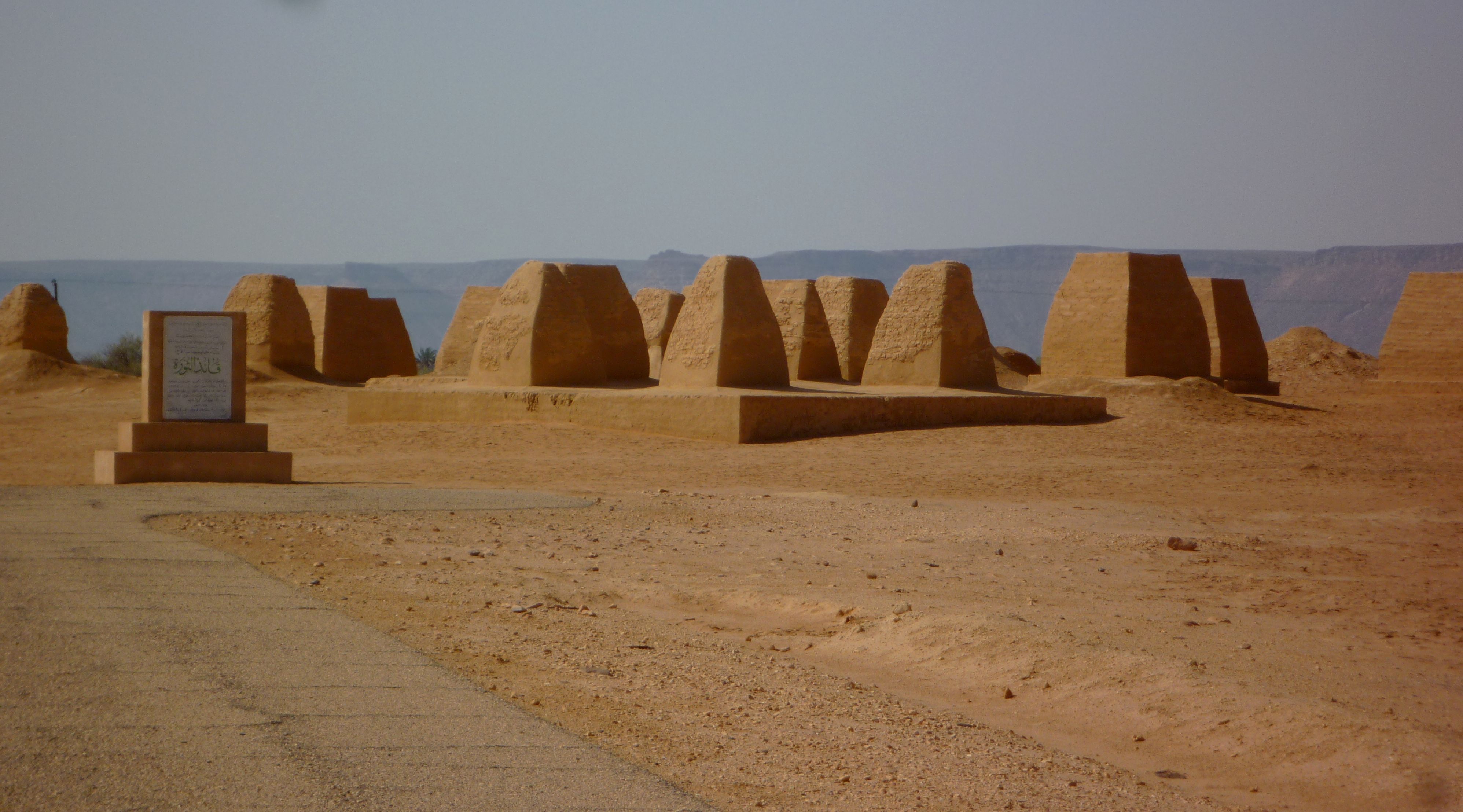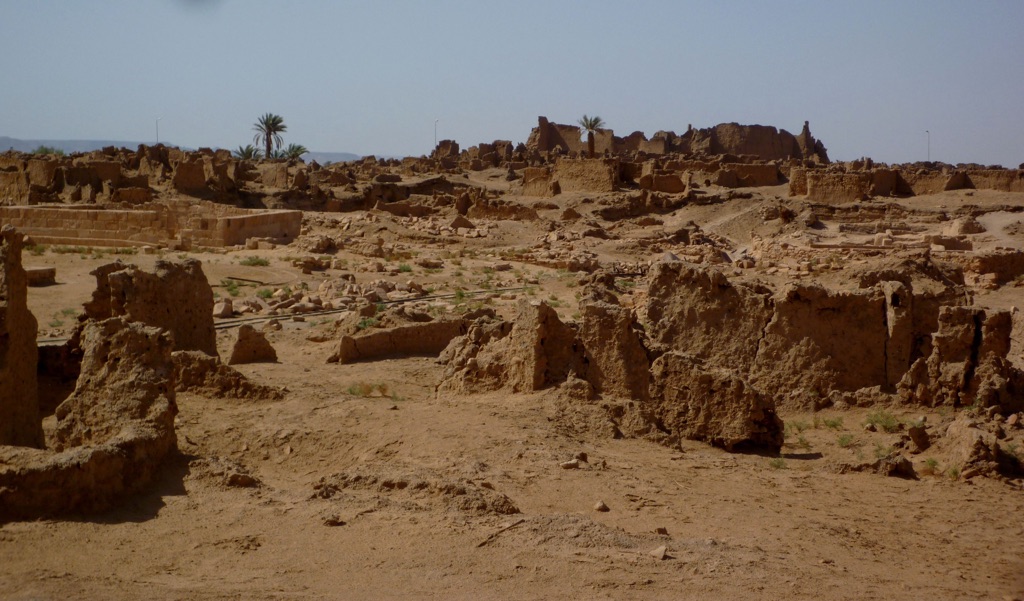Garama, once a thriving metropolis, stands as a testament to the ancient Garamantian civilization. Located in present-day Libya, this historical site was the capital of the Garamantes, a people who mastered the harsh Saharan environment. Garama’s significance lies in its role as a hub of commerce and culture, bridging the Mediterranean world with the depths…
The Garamantes
The Garamantes were an ancient civilization that thrived in the Sahara region, in what is now southwestern Libya, from around 500 BC to 700 AD. This civilization is notable for its adaptation to the harsh desert environment, developing a sophisticated system of underground irrigation known as foggaras, which allowed them to practice agriculture in the desert. The Garamantes were initially described by classical authors as a barbaric and nomadic people, but archaeological discoveries have since painted a picture of a complex and innovative society.
The timeline of the Garamantes civilization is marked by several major moments, including their peak around the 2nd century AD when they controlled a vast area of the Sahara, engaging in trade across the Roman Empire, Sub-Saharan Africa, and beyond. They traded goods such as salt, gold, slaves, and animals, which were crucial for their economy and for connecting the Mediterranean world with the interior of Africa. The decline of the Garamantes began in the 5th century AD, with the civilization eventually fading into obscurity by the 7th century, likely due to a combination of climatic changes, overexploitation of resources, and external pressures.
Religion played a significant role in Garamantian society, with evidence suggesting a mix of indigenous beliefs and external influences. They practiced a form of ancestor worship and were known to construct elaborate tombs for their dead. The arrival of Christianity and later Islam into the region also impacted their religious practices, with some Garamantes converting to these new faiths over time.
Social and daily life among the Garamantes was intricately linked to their environment. Their innovative agricultural practices allowed them to cultivate crops such as barley, wheat, and dates, supporting a relatively dense population in urban centers like Garama, their capital. Artifacts and ruins suggest that they lived in fortified complexes and had a social structure that included both free citizens and slaves. The use of slaves, particularly those captured in sub-Saharan Africa, was integral to maintaining their agricultural and economic systems.
The rulers of the Garamantes are not well-documented in historical texts, with no specific kings or queens mentioned by name. However, archaeological evidence indicates that they had a hierarchical society, possibly ruled by a king or a priest-king, who would have overseen both the spiritual and temporal aspects of life. The political structure seems to have been complex, with evidence of councils and advisory bodies supporting these leaders.
The Garamantes were known for their military prowess, employing chariots in their early history, a fact that fascinated Roman writers. They engaged in conflicts with neighboring tribes and later with the Roman Empire, which sought to control the trans-Saharan trade routes. Despite these conflicts, the Garamantes also maintained periods of peace and trade relations with Rome, indicating a pragmatic approach to their more powerful neighbor.
Geographically, the Garamantes originated from the Fezzan region of modern-day Libya, an area that offered access to vital Saharan trade routes. Their capital, Garama (near present-day Germa), was a hub of political and economic activity, showcasing the civilization’s architectural and agricultural achievements. The harsh desert environment shaped their way of life, driving them to develop innovative solutions for survival and prosperity.
In terms of wars and battles, the Garamantes’ military engagements often revolved around controlling trade routes and resources. Their skirmishes with Rome are well-documented, including a notable campaign led by the Roman general Cornelius Balbus in 19 BC, which temporarily subdued the Garamantes. However, their ability to navigate the challenging Saharan landscape allowed them to avoid long-term subjugation and continue to thrive for centuries.
The Garamantes stand as a testament to human ingenuity and resilience, showcasing how a civilization can adapt and flourish in one of the planet’s most inhospitable environments. Their legacy, while not as widely known as that of other ancient civilizations, offers valuable insights into the history of the Sahara and the complex networks of trade and cultural exchange that crisscrossed the ancient world.

The Tombs of the Garamantes
The Tombs of Garamantes are a series of pre-Islamic burial grounds. They are located in the Fezzan region of southwestern Libya. These tombs belong to the Garamantes, a Berber-speaking people. They thrived in the Sahara from around 500 BC to 700 AD. The Garamantes were known for their advanced civilization. They had a complex social structure and were skilled in agriculture, trade, and warfare. The tombs provide valuable insights into their culture and customs. They are a testament to the Garamantes’ craftsmanship and architectural prowess.

